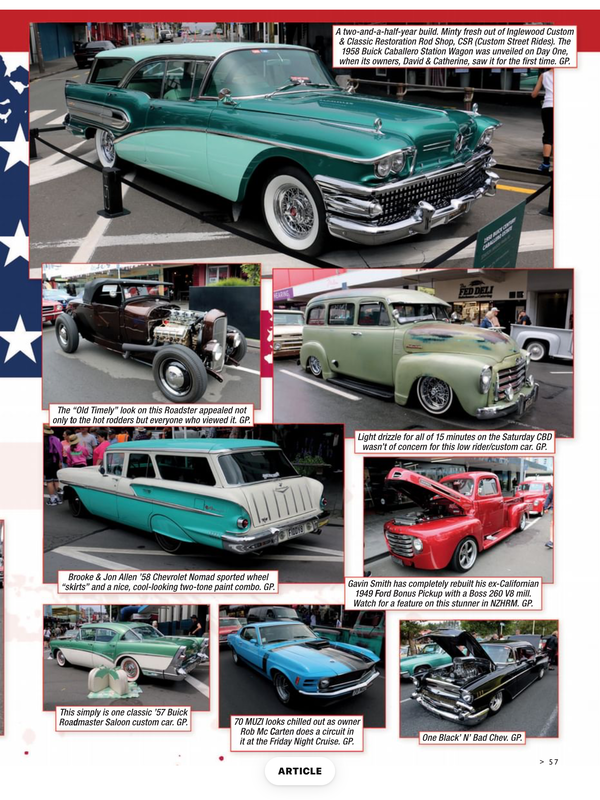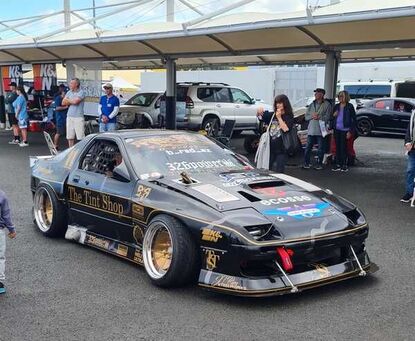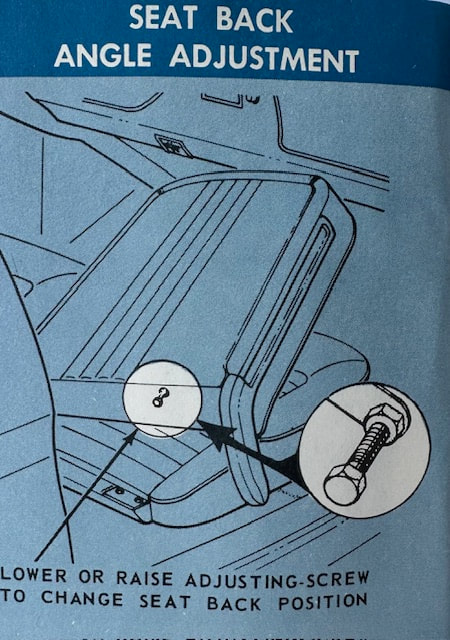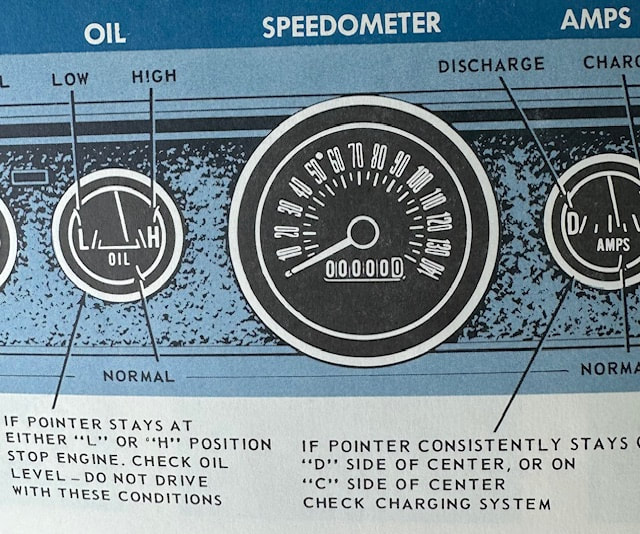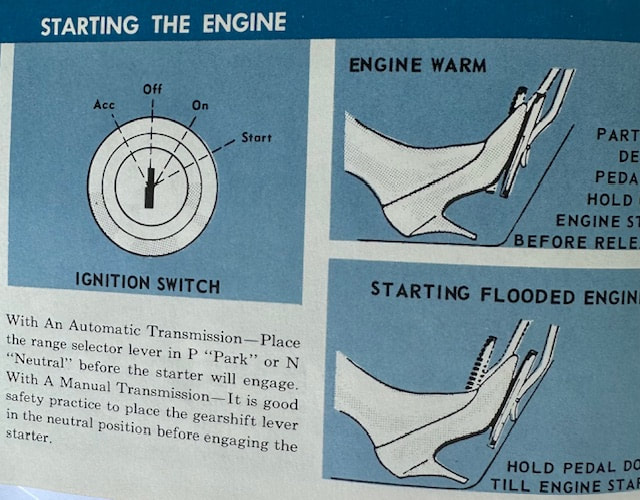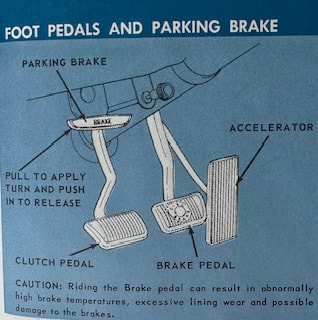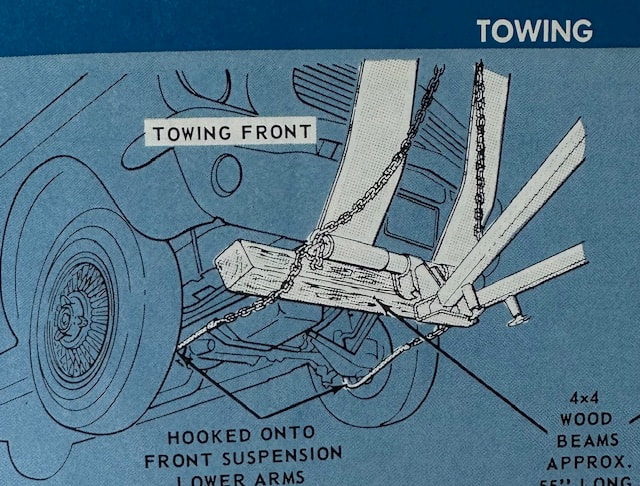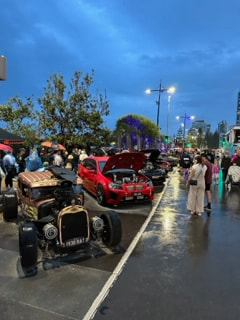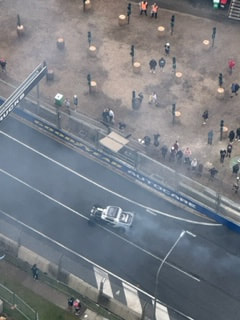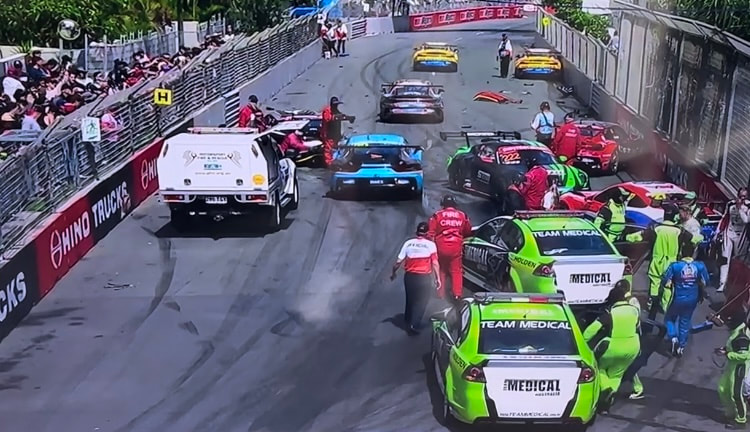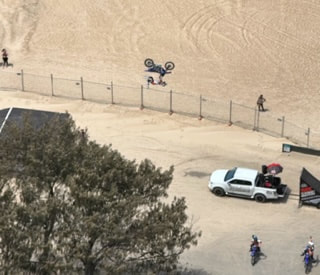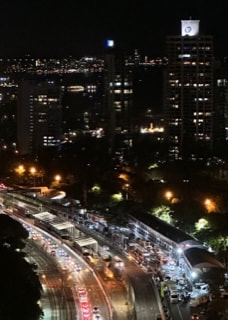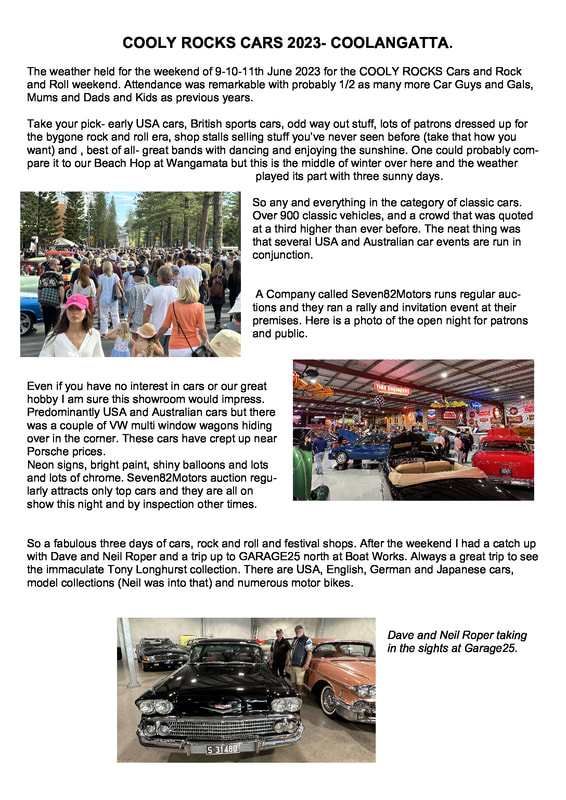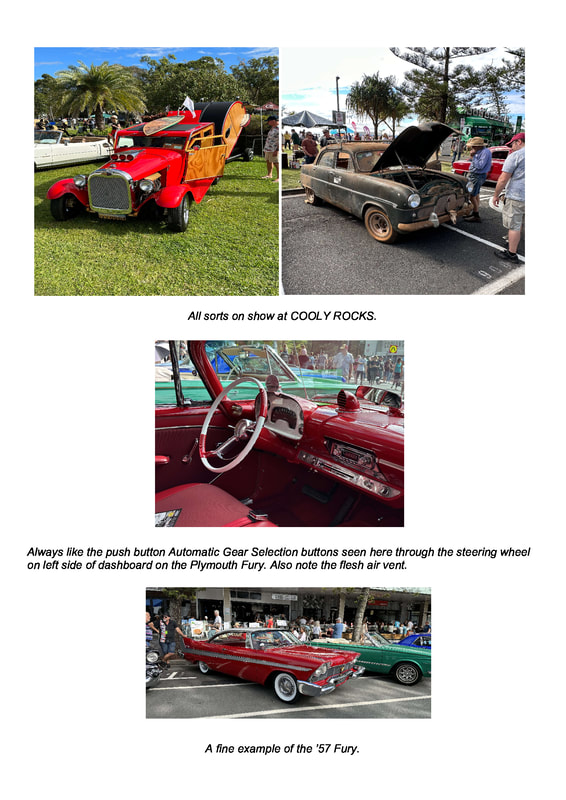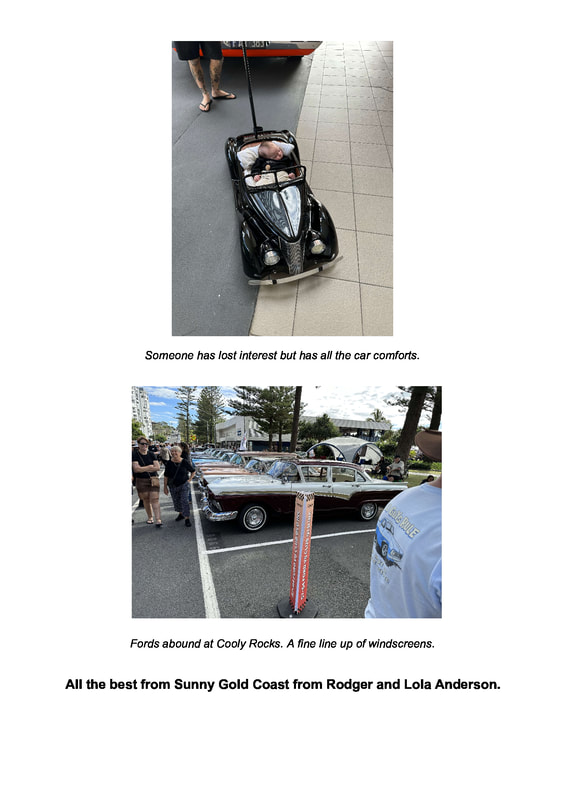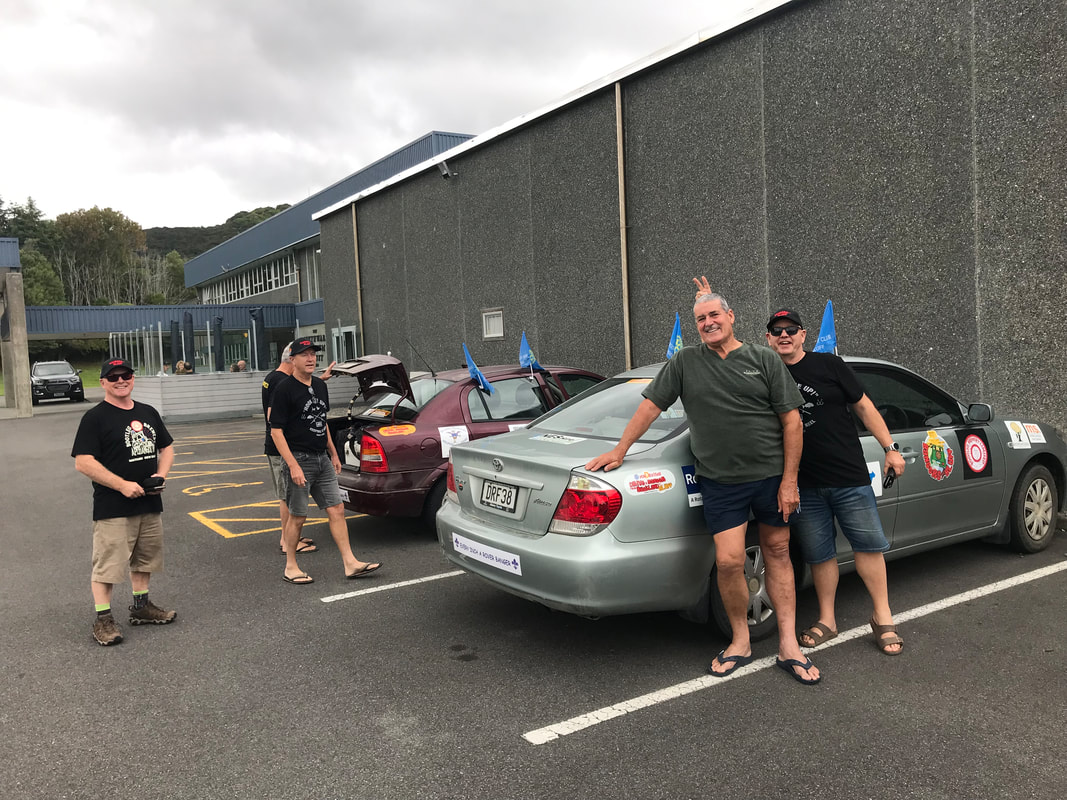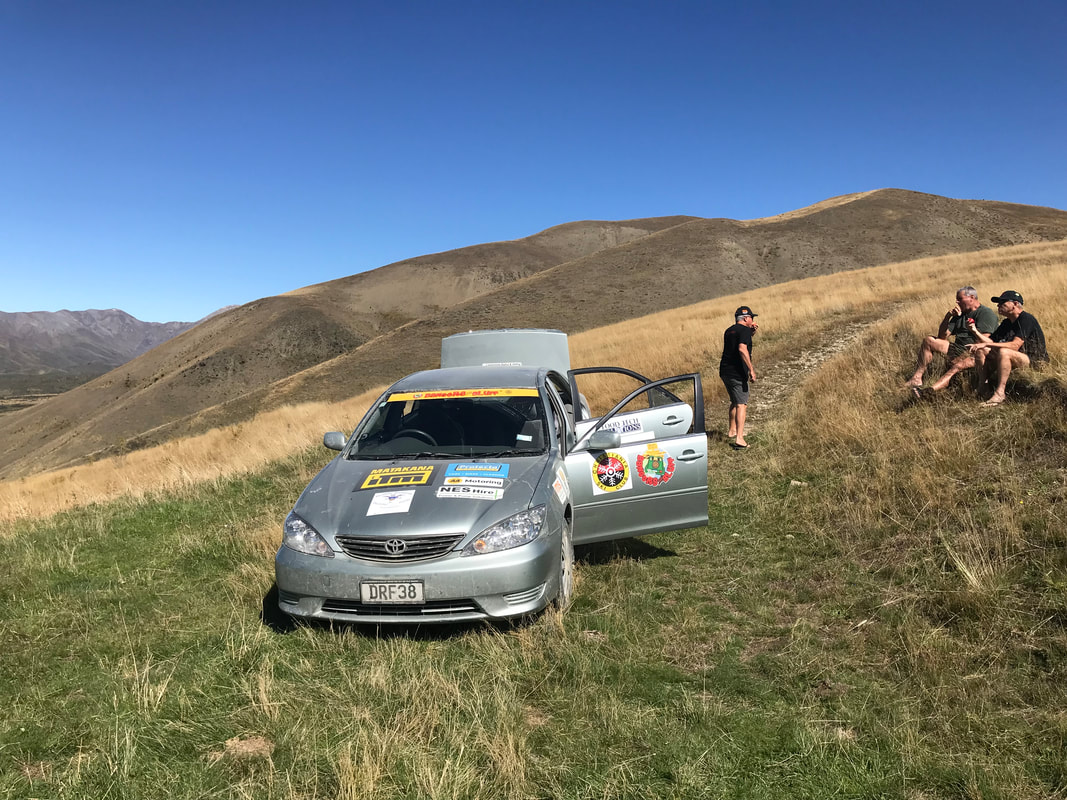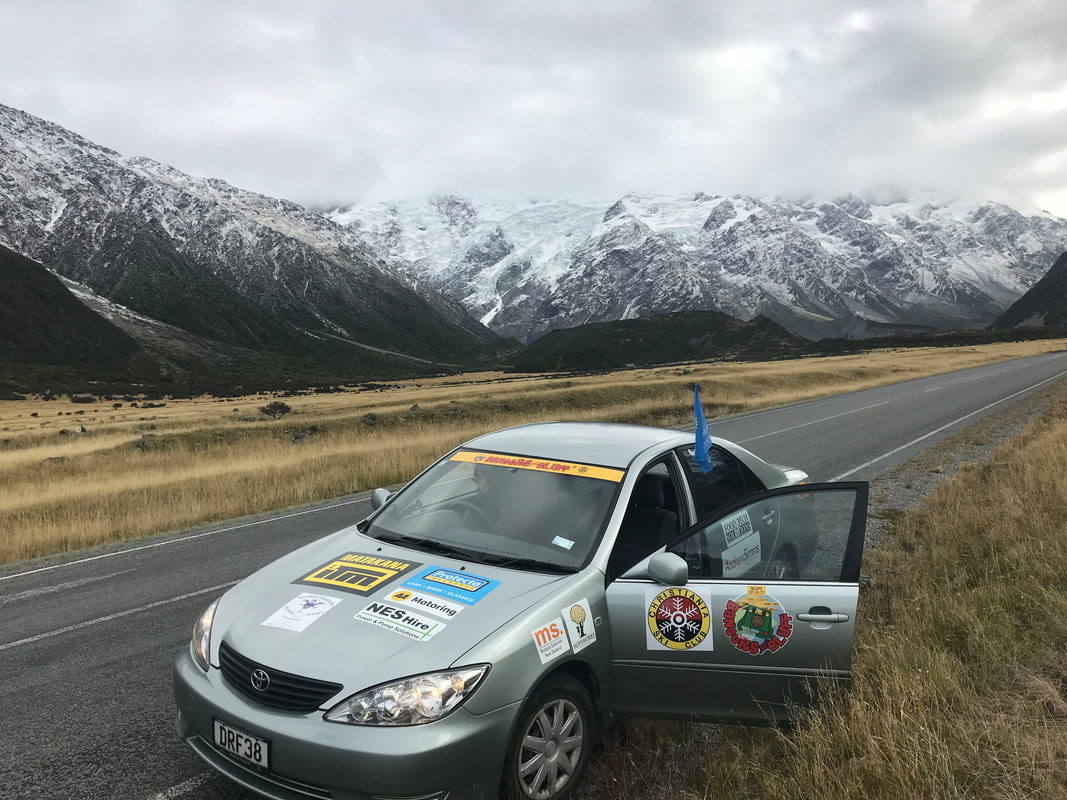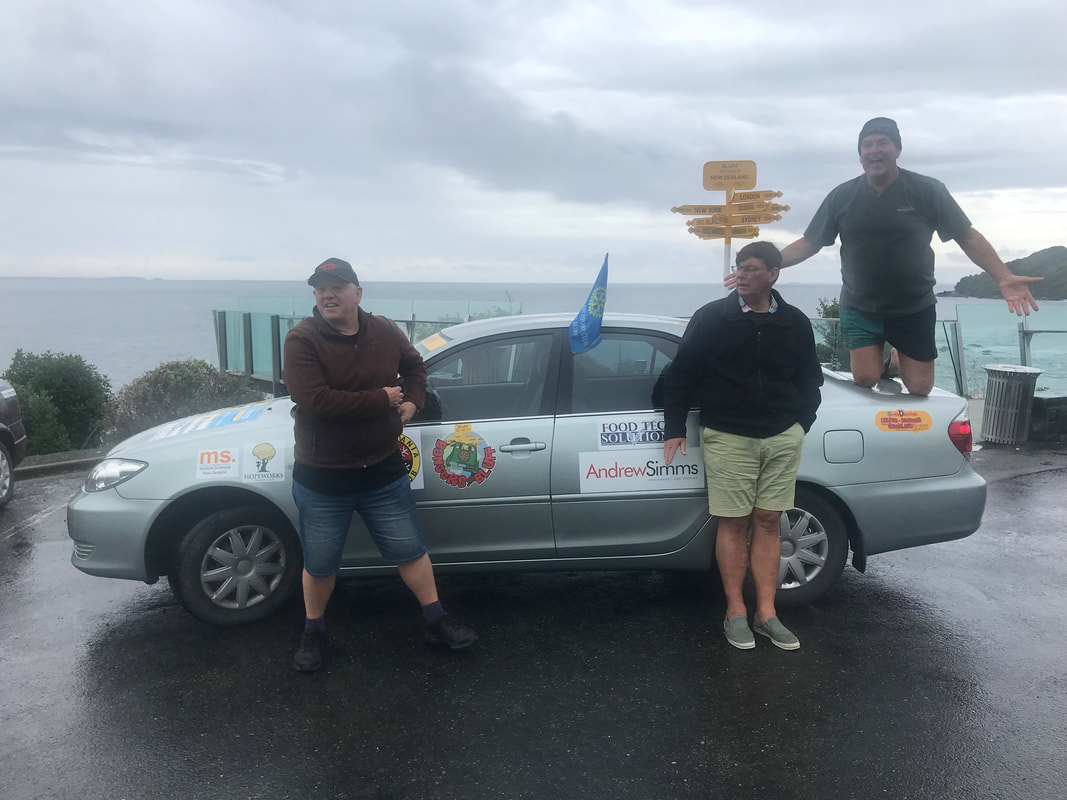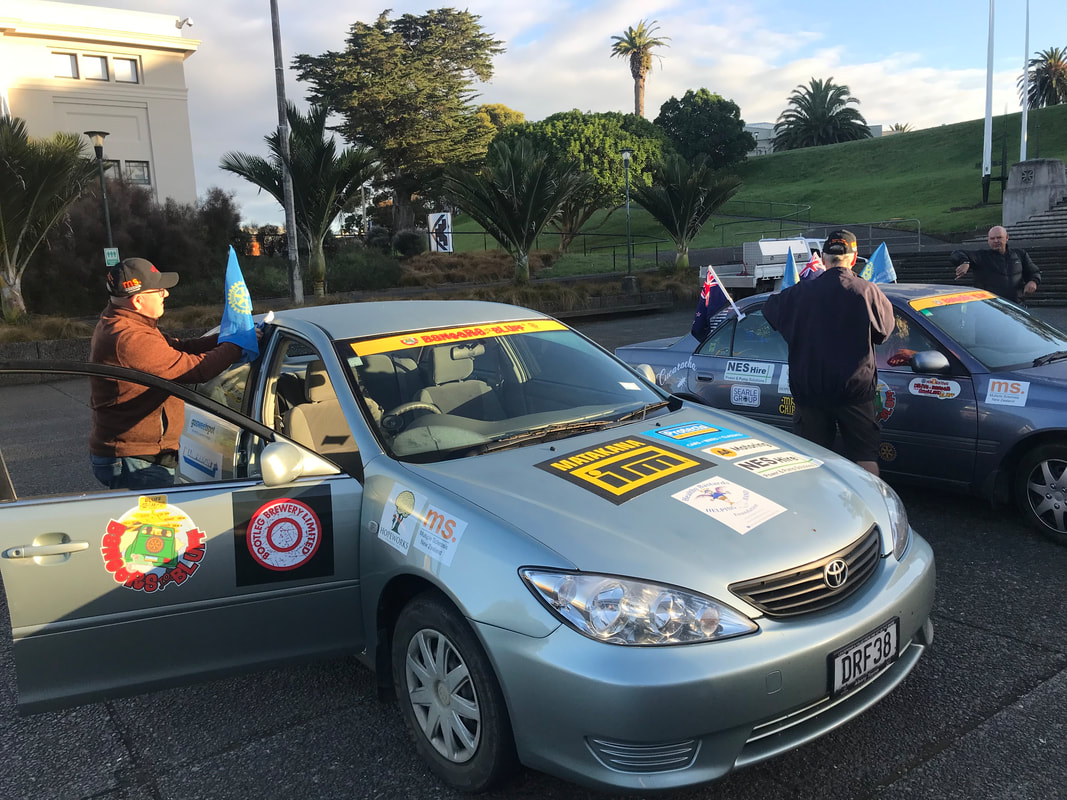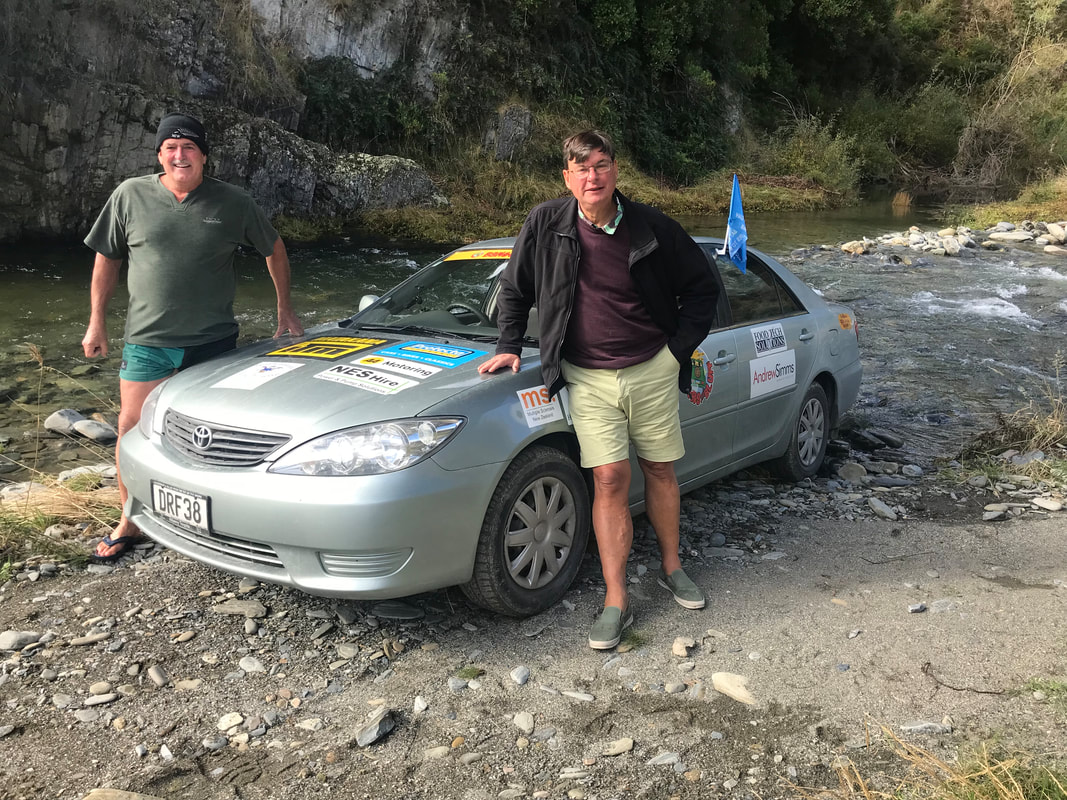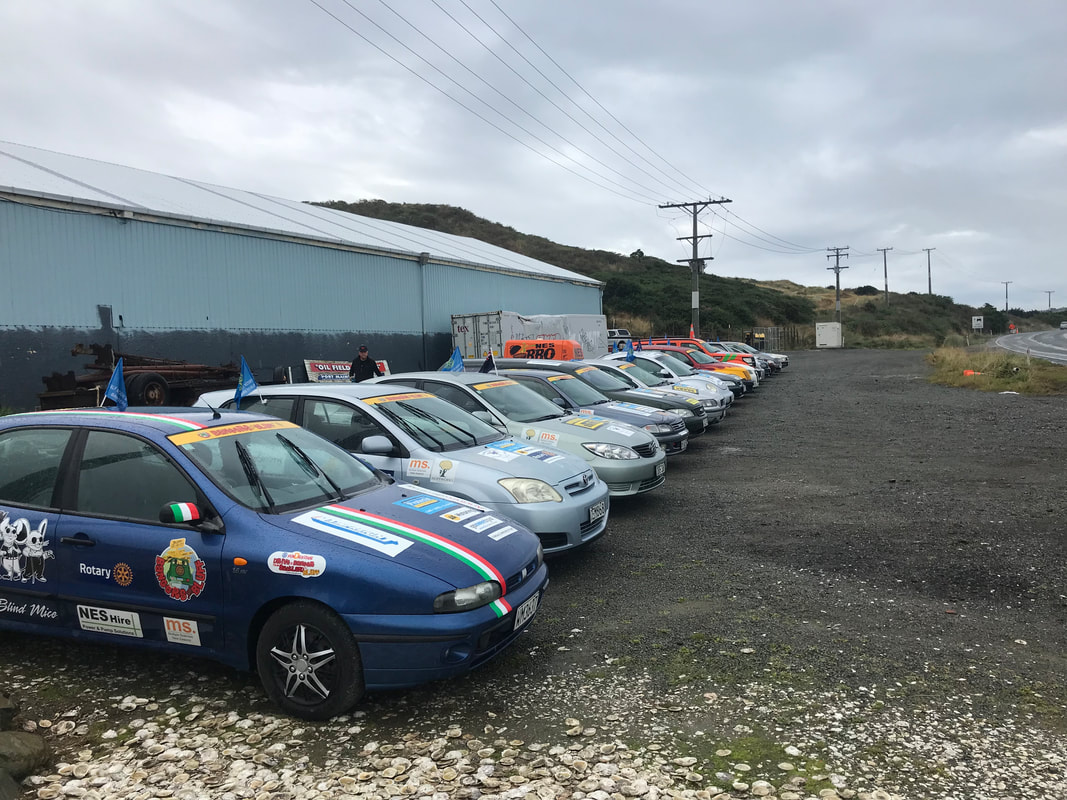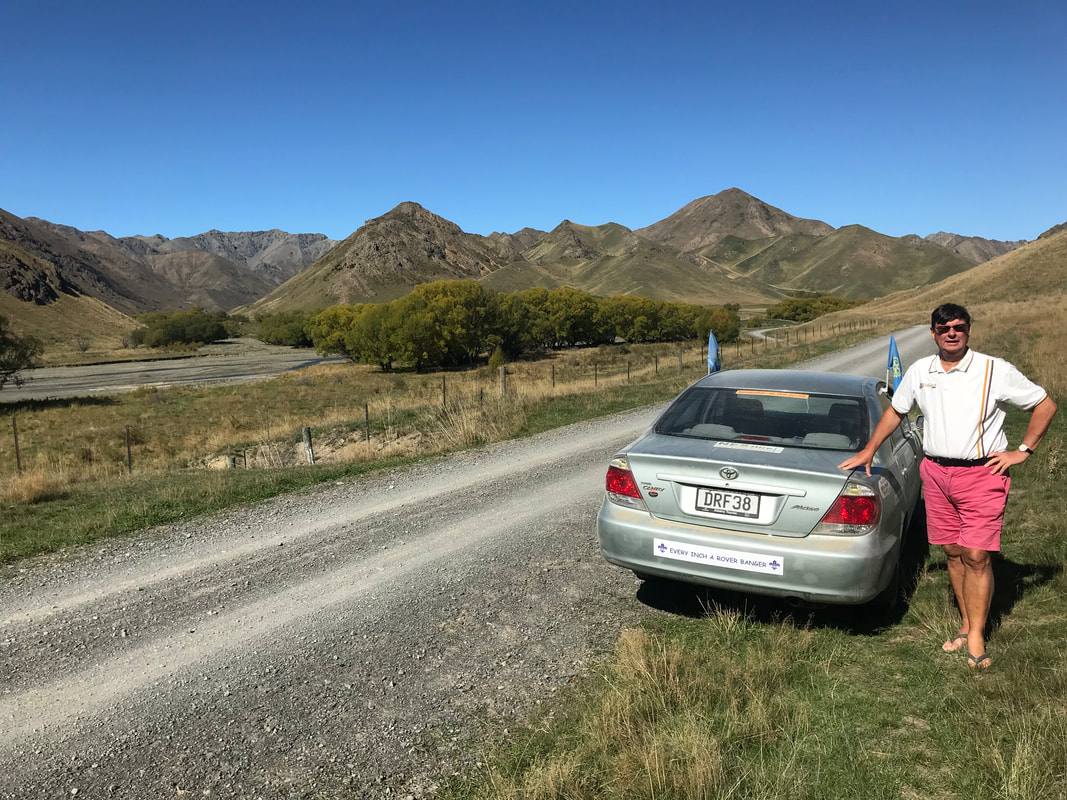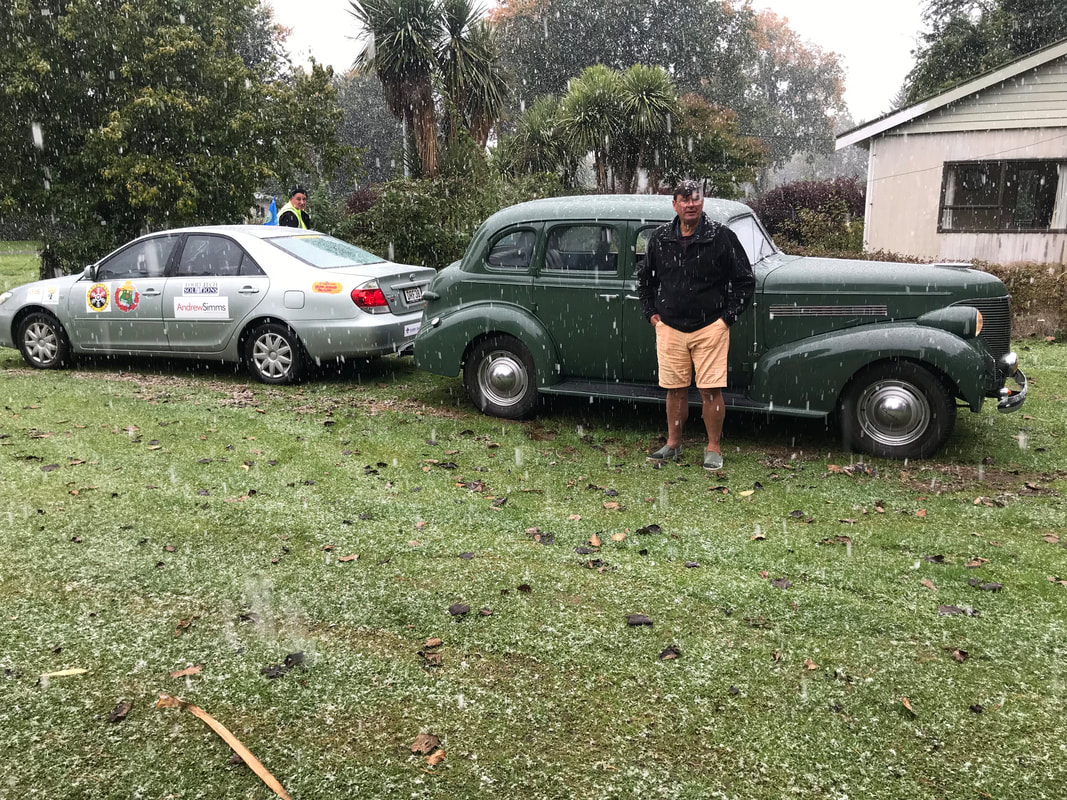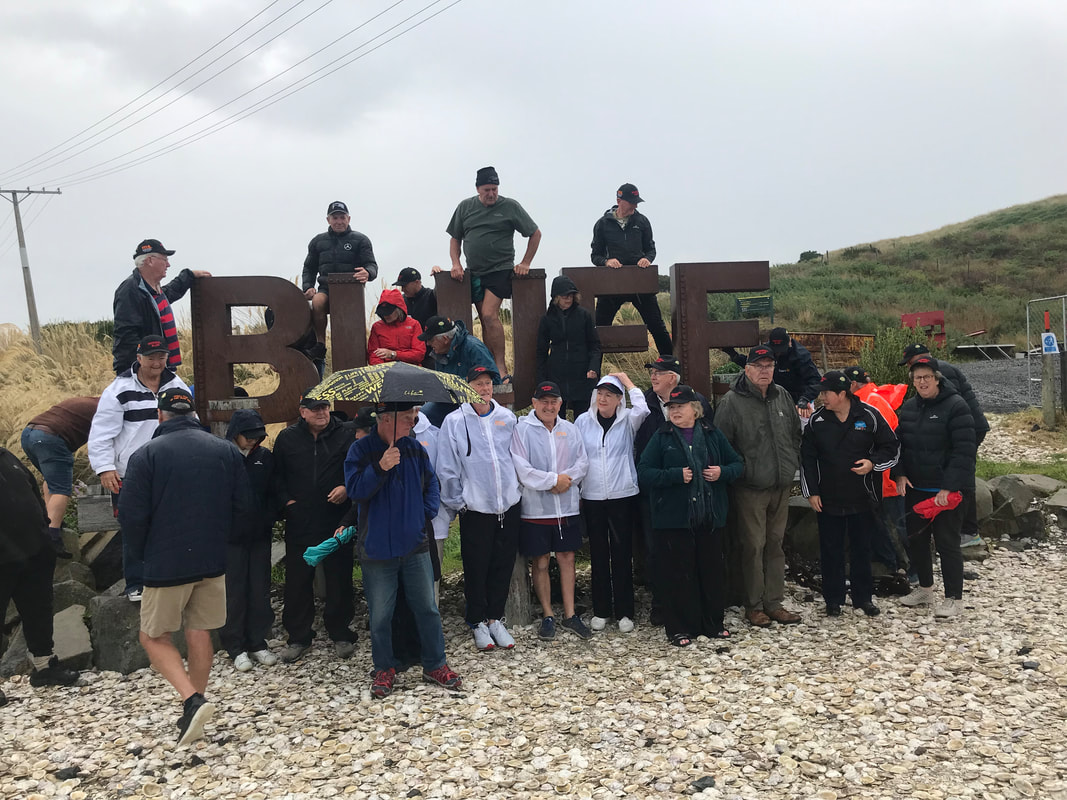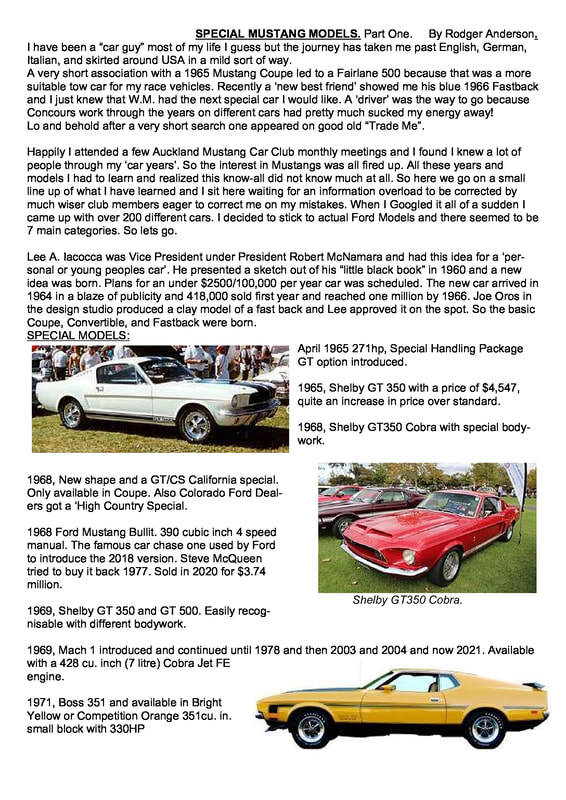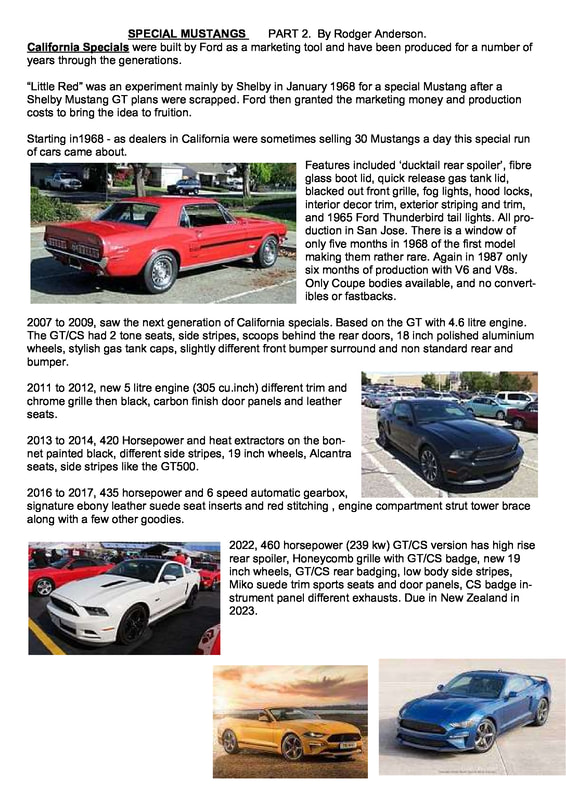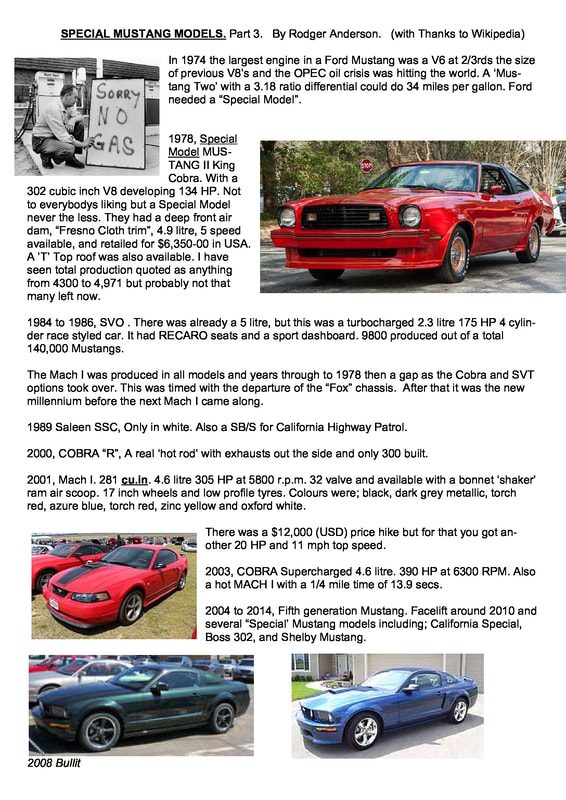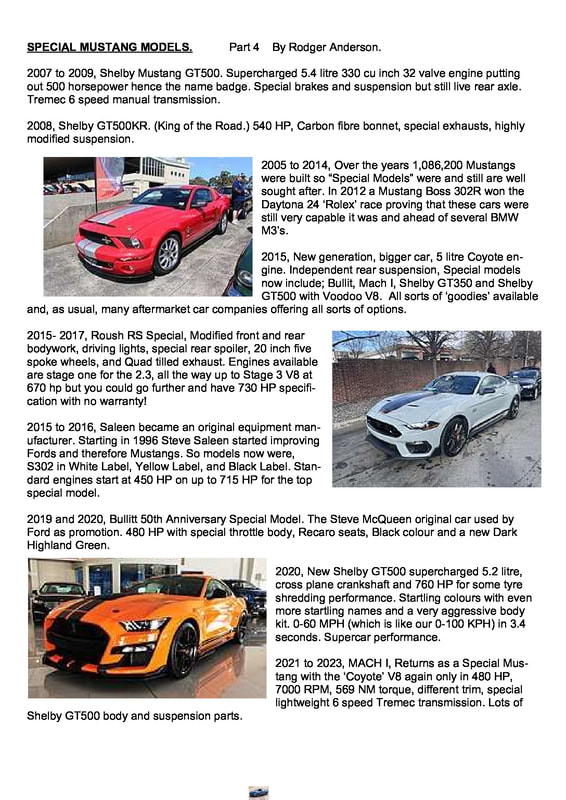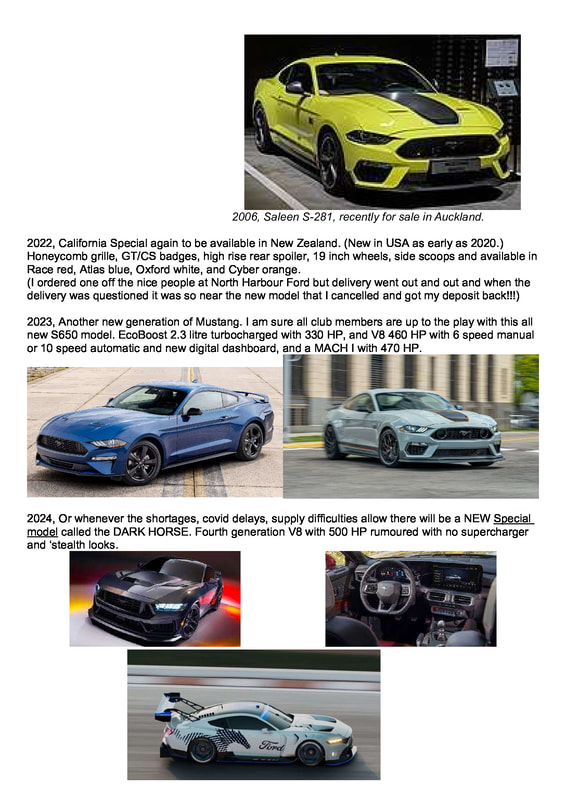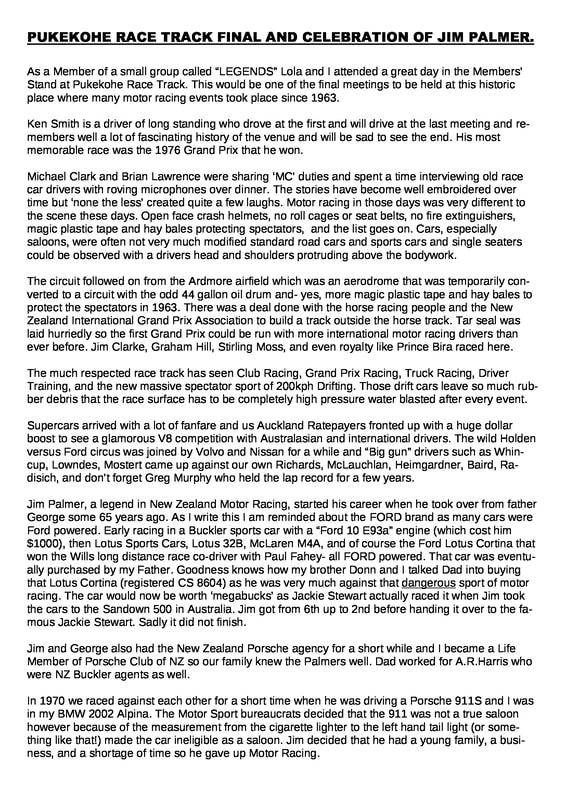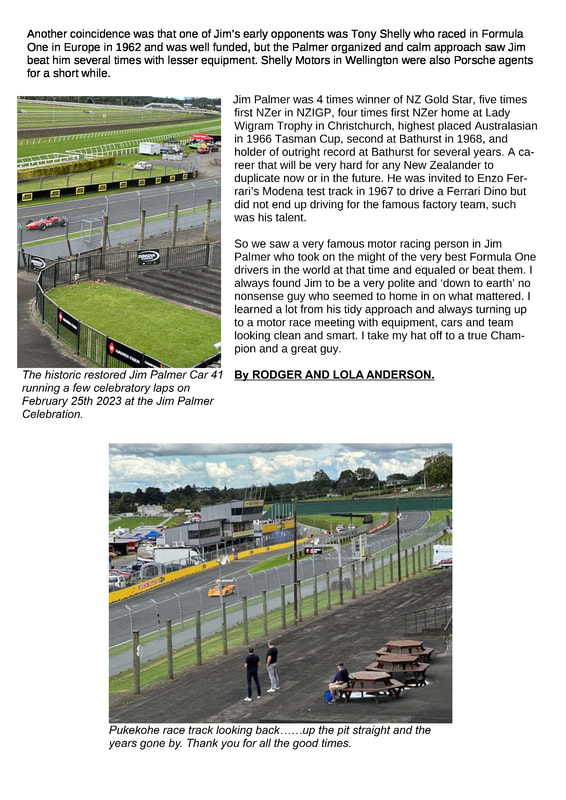|
2024 June Cooly Rocks was once again a massive beach, cars, people, music get together. Highlight, apart from the cars was the ELVIS PRESLEY Shoot Out. Half a dozen or so lined up and sang and hip-wiggled for a $5000 prize and all in the name of fun and games and dancing. Weather was fine all of the four day weekend and friendships and laughs were had by all.
At the Airport on Tuesday I was surprised at the number of people with ‘Cooly’ clothes. If you ever thought about a winter trip to Gold Coast with a champagne drink of cars, rock and roll, good times then Cooly Rocks is for you. Get up a group and , as they say, ‘go for it’. Good times. Good times. Good times……………………
0 Comments
What an event! What a turnout, especially considering how, apparently, little it seemed to have been advertised. Massive crowds. It’s difficult for me to comment knowledgeably about it as I know next to nothing about the classes. There clearly were several, which included go karts, the only ones allowed to put a group on the track at the same time and do a number of laps. Their events were hotly and skillfully contested. The rest were doing, one at a time, two laps of the course under the stop watch and against each other, for the best overall time. There were some utterly amazing and, at times, brutal cars there, but at the time we left, before it all finished, the best time seemed to be with a little Toyota of unknown heritage. Not spectacular, but bloody quick. Perhaps the highlight for spectacle was the show put on by the “drift” guys. Rubber and smoke everywhere. An incredibly well organised and run event with something for just about every “bent” of petrolhead, even if it was just browsing the competitors’ and “display” cars. A two day event and despite it raining solidly most of the first day it was, by all accounts, well attended both days. Tempting as it was, I resisted some urging to put the Fiero in for a blast. For those into this particular variation of the motor sports, a great event all round. Roll on 2025. Greg & Val Keenan. 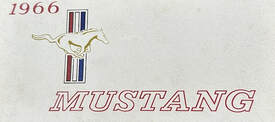 1960’s CAR HANDBOOK - “Isn't that nice...............” Sometimes when you have some down time or if you are recovering from some minor surgery or just plain have nothing to do the mind wanders. I was all of the above last month when I picked up the 1966 Ford Mustang handbook. Its almost pocket size and has a very small 70 pages. It starts with an introduction not unlike a letter to a distant loved one as you would have written before the advent of emails- “DEAR MUSTANG OWNER, your purchase of a 1966 Ford Mustang places you in a distinguished family of automobile owners and drivers.” Isn’t that simply nice! “The Ford Division of Ford Motor Company takes great pride in the American tradition of quality product and superior value that the Ford name represents.” Ra, ra, ra. It goes on; “The purpose of this book is to acquaint you........” Then it talks about” ‘little things’, ‘refine and perfect’, ‘all aspects of the way it performs’, ‘some things you want to avoid’, ‘easy riding’, ‘comfortable’, ‘safe’, ‘good-looking (I like that one)’ and ‘economical’, and the introduction page ends with being signed off by no less than; Donald N. Frey. Vice President And General Manager. Ford Division. Ford Motor Co. When I pick up the ‘Drivers Manual’ of my “modern” there is 353 pages and a further booklet of 209 pages about the ‘Communication Management’ whatever that is? So let’s adjust the clock. That is twice a year for us New Zealanders. The index is 9 pages so it must be there. Nothing under clock, time, dashboard, programming, settings, or lights. There is 26 items under CD, 76 items under Blue tooth, and 6 different oil filler locations for engines, BUT, nothing about changing the clock. So I give up and go to ‘YouTube’ and immediately get a quick guide in 10 seconds. What the..... Back to my lovely little 1966 Mustang booklet and it is saying; “First off, you will be GLAD to know that, your new Mustang is so well engineered and has so many outstanding features that its overall excellence might be lost on you unless you consciously observe its characteristics as you drive. Most of us take good things for granted, without particularly noticing them.” Well how about that eh. Safety features even include “non reflective wiper blades”. “Best way to try out your suspension is to pick a rough road. Your Mustang reacts like a champion to the shock of bumps, chuckholes (haven’t seen any of them lately) and railway crossings.” Mustangs suspensions do their job- smoothing out washboard surfaces, snubbing down body pitch and side sway.” “Your Mustang can be a living room on wheels.” Fancy THAT. “Now that you have inspected the controls and interior you’re ready to pull away from the curb.” “As you ride down the road, notice the smooth road-hugging quality about your Mustang.” It reminds me of a Prince Philip quote- when a man opens a car door for his wife, it’s either a new car or a new wife. “The villain in freezing is the wind - rushing air that removes every last calorie of heat. Take note and warm up engine and transmission thoroughly.” Good advice. “High speeds, while not exactly ‘wasteful’ cost more in fuel per mile.” Lovely English eh. Then it goes on about having your Ford Dealer adjust the the accelerator pump linkage, using higher grade fuels, using moderate speeds, etc. “Fuel dollars are well spent when they contribute to car performance.” OMG. “Billy Hughson was the first FORD DEALER. He started in San Francisco in 1903. Since then, Ford has built up......and it goes on. In the handbook, there was 37 USA ‘Sales Offices’ in 1966, and now there are 2,918. The largest dealer is Lorenzo Ford in Miami, purchased in 2016 for $5.4m but the largest Car Dealer in the world is Longo Toyota in El Monte, California owned by the Roger Penske Group and covers 50 acres. I hope you enjoyed a walk down memory lane and you might appreciate why some of us still like the ‘old stuff’ (sorry- I mean classic, historic, authentic) but have we passed the era of simple, get-on-with-it motoring? Why not take a minute to enjoy the best things in our motoring life in the ‘60’s, 70’s, 80’s. After all, Rock and Roll lives on. The most exciting Motor Race ever. It’s a Carnival, it’s a great meeting of enthusiasts, it’s a fabulous get together of Classic Cars and grab you team shirt and cheer. My Father and Mother took me to my first Motor Race at Ardmore in 1954. I am not going to say I was hooked but I have now raced over 30 cars and am a life member of 2 Car Clubs in New Zealand. While all classes of racing enthuse me it is the Saloon Car Racing which really grabs me. ‘King of the crop’ has to be the Australasian Super Cars and there was plenty of excitement at Surfers Paradise this October with the “GEN3” Mustangs and Camaros. Let’s look forward to Supercars at Taupo in April. It will be a ‘gas’. If it’s one word that is more boring than ‘elections’ it has to be ‘parity’ and the talk was pretty much up there at this event. It not only involved the Supercars but also the other classes down to the Super Utes. These Toyota, Mazda, Ford, LDV, and Holden four door Utes are fast and furious with LS2 Chev V8 motors, “H” pattern manual gearboxes, and relatively small wheels and tyres. They squeal under braking and corner more sideways than straight. FORD have been very outspoken about ‘parity’ in Gen3 Supercars and it would appear they finally got a bit of justice with the few aero changes for the Mustangs at Gold Coast. Anyone who has watched the series regularly has seen the black tyre marks out of corners from Mustangs at the tail end of races as they loose traction with bad rear downforce against the Chevs. At Gold Coast 500 Mustangs squeezed out a couple of victories and at least the racing seemed to be fairly even with the few modifications to give them ‘parity’. If you are thinking these cars are similar to the Mustangs we drive on the road then think again. With regulation space frame chassis, special rear gearboxes, dog clutches, finely matched engines etc there is nothing except the badge on the front that has anything to do with our road cars. The Supercars organisation has spent $9 million on wind tunnels, parity, dynos, getting calendar right, policing regulations and that is hard to recoup when the number of races per year is falling. Down to 12 next year. Friday Practice threatened rain but a light drizzle didn’t do much more than dampen enthusiasm. Cam Waters in the black ‘Monster’ sponsored Mustang got down to it and showed that maybe the new updates were going to work. Pye, Reynolds, and our own NZer Matt Payne all showing good form but problems with power steering lines, Turn 1 chicane coming loose and high winds put paid to really quick times. Saturday Qualifying put Waters and Matt Payne on the front row but Shane Van Gisbergen placed his Camaro on 3rd, leaving Championship contender Brodie Kostecki in 10th at the top ten shootout. Of the two championship contenders, Shane worked his way up to trail Waters at the finish by a cars length to finish second while Brodie managed 5th. Pretty exciting. An almost switch around the next day-Sunday as Kostecki got his 9th pole in Qualifying, 8th for the season while Shane was 9th. As the results show Brodie Kostecki was second by a car length again at the end as David Reynolds held him off but it was a mighty dice. The two seemed to be less than a tow rope apart after the last pit stop and for 25 laps it was ‘game on’. Reynolds had to use up one of his unused kerb-hops to short circuit the first chicane on the very last lap because Kostecki was guaranteed to try to outbreak him at turn three. Absolutely marvellous stuff. Wow. Porsche Parts Sales would have done pretty well again when the PORSCHE GT3’s fought out the three days. NZer Callum Hedge has been the stand out for the series but a turn 2 straight line left him with a 5 second penalty in Saturdays race. After a series of safety cars left only 20 cars at the end and another Kiwi Fabian Coulthard ended up on the podium. The spectacular Sports Sedans put on a good show at Bathurst and Gold Coast was no exception. Our own Angus Fogg in the fabulous Black and shiny Gold flame throwing MUSTANG had a 3rd at Bathurst and repeated the success here. The leading Mustang of Cam McLeod did a 1minute 11.03 second lap, less that .3 of a second slower than the Supercars. These things are spectacular. North of 800 HP. The leading car for years has been an Alfa Romeo body on a space frame chasis which has been uprated and rebuilt several times and its straight line speed is astounding. They have the sort of roar that vibrates the stomach muscles. Roll on next year. I’ll be there. RODGER ANDERSON. During the March this year, I was fortunate to participate in a charity fund raising event, aptly called Bangers to Bluff. As the name implies this involved driving an older car from Auckland to Bluff, selling the car when the event finished and donating the proceeds to charity. A banger was defined as any car that was registered, warranted, and was purchased for $2,000 or less. I was in a group of three people and we purchased a tidy four cylinder 2006 Toyota Camry with 197,000km on the clock for $2,000. There were 17 Bangers entered and 41 participants. The oldest Banger was 1988 and the newest 2006, and interestingly 5 of the17 bangers were Toyotas. On the trip only one car broke down, due to a faulty alternator which was quickly and easily fixed. The trip was well organized, and we took 11 days to travel to Invercargill with interesting stops along the way. The trip was set up so that the largest towns we stayed in were Wanganui and Invercargill and we avoided the main highways whenever we could. We very much took the scenic route, travelling 2,900 km from Auckland to reach Bluff. We stayed in pleasant middle of the road motels and each day started with a briefing of the various highlights for that day. The first day was from Auckland to Te Kuiti, where we had a Fred Dagg theme evening there. The second night was in Wanganui, and our third stop where we spent two nights was in Martinborough. This is a lovely town with lots to see and do, and it also helped staying at the Margrain vineyard. The next day we proceeded via ferry to Blenheim, and as you know the ferry service over Cooks Strait the past 6 months can only be described as incompetent and hopeless. We had a six hour delay that meant we did not get into Blenheim until 1.30am the next morning. The next day was one of the highlights of the trip, driving the 180km over the Molesworth track to Hamner Springs. This road is only open for three months of the year, and it is fairly rough but quite passable in a modern car. We had a glorious day as well. Those that have not done this, I highly recommend it, as this was the first time for me. The next day was a leisurely drive to the mid Canterbury town of Geraldine, and the following day it snowed as we travelled to Mt Cook to stay at The Hermitage. On the way, we stopped at Fairlie, where there is a great pie shop. I keep my 1939 Chev there, so it was a good opportunity to show group members the car and to take it for a drive in the snow. The next stop was Oamaru, over the snowy Dansey’s Pass. The road had been closed over the previous night but reopened at 10.30am, so there was very little traffic on it, and this is another iconic New Zealand drive. It is very scenic travelling through Central Otago to Oamaru, from where we headed to Balclutha. From Balclutha we drove to Invercargill and hence Bluff via another scenic road through the Catlins. Our end destination was Invercargill where we spent two nights. The trip was a lot of fun with great people. There was a large amount of socializing in the evenings, with high tolerance to alcoholic drinks required. We had a lot of fun along the way, and each town we stayed in had their own unique attractions. We raised close to $90,000 for charity, which was a huge success. This trip has now become an annual event for the Rotary Club of Half Moon Bay, here in Auckland. They keep it to under 20 cars, which means it is still a relatively small group. It is well organized, and next year’s trip is filling up fast. I strongly recommend it, and plan to do it again in either 2025 or 2026. If any club members are interested in this, please do not hesitate to give me a call. All the best. Cheers William |
Categories
All
Archives
July 2024
|






